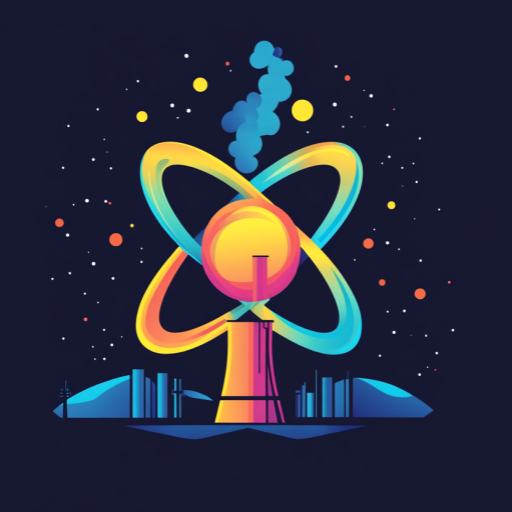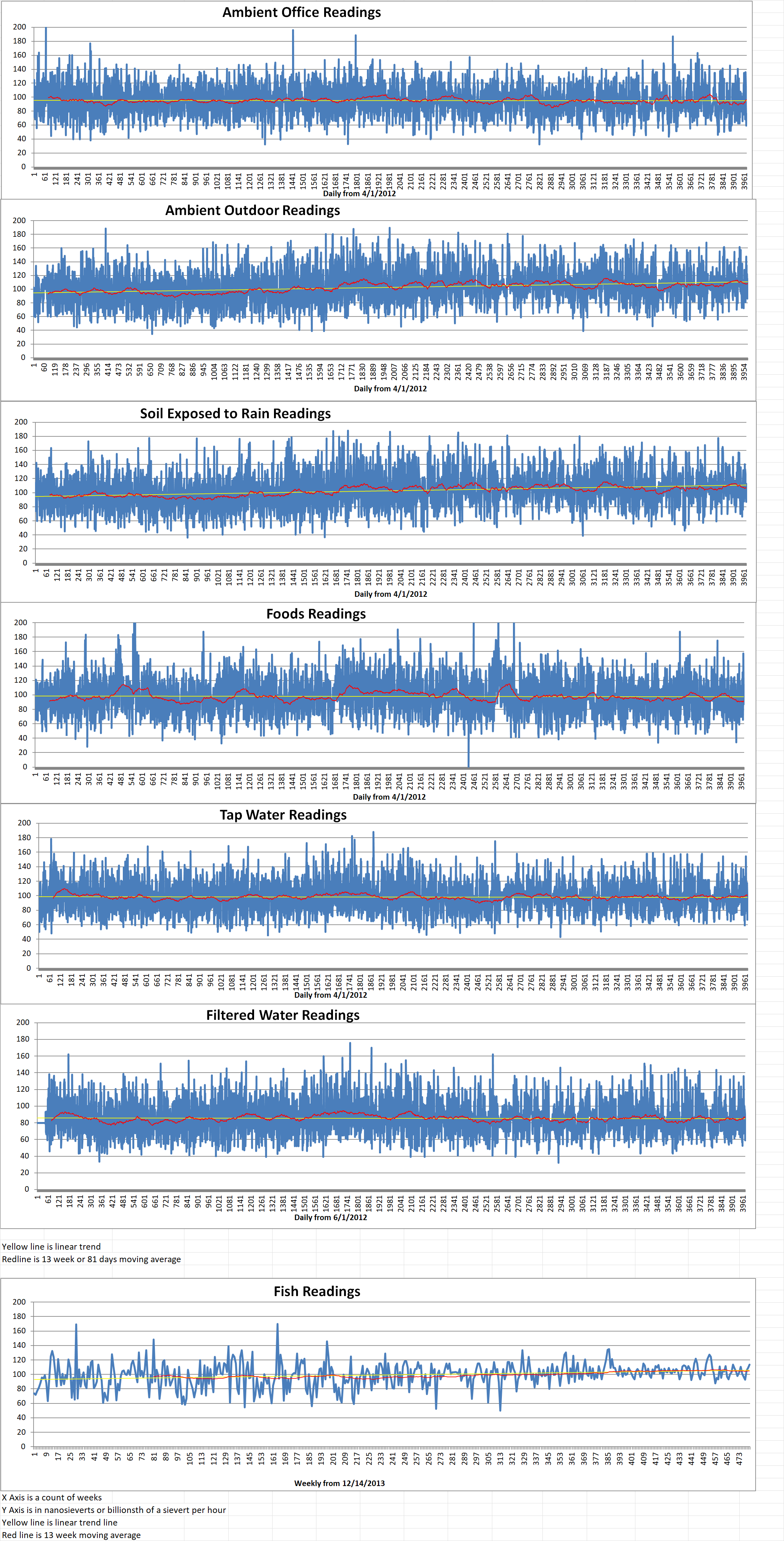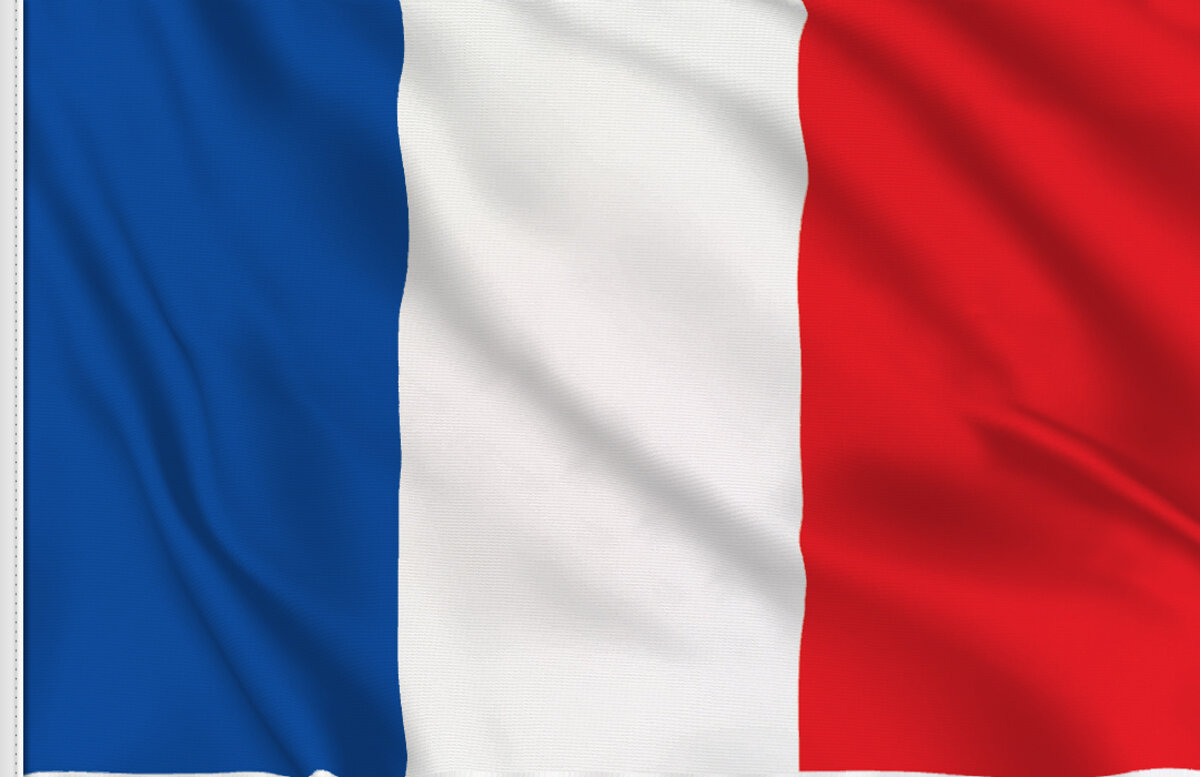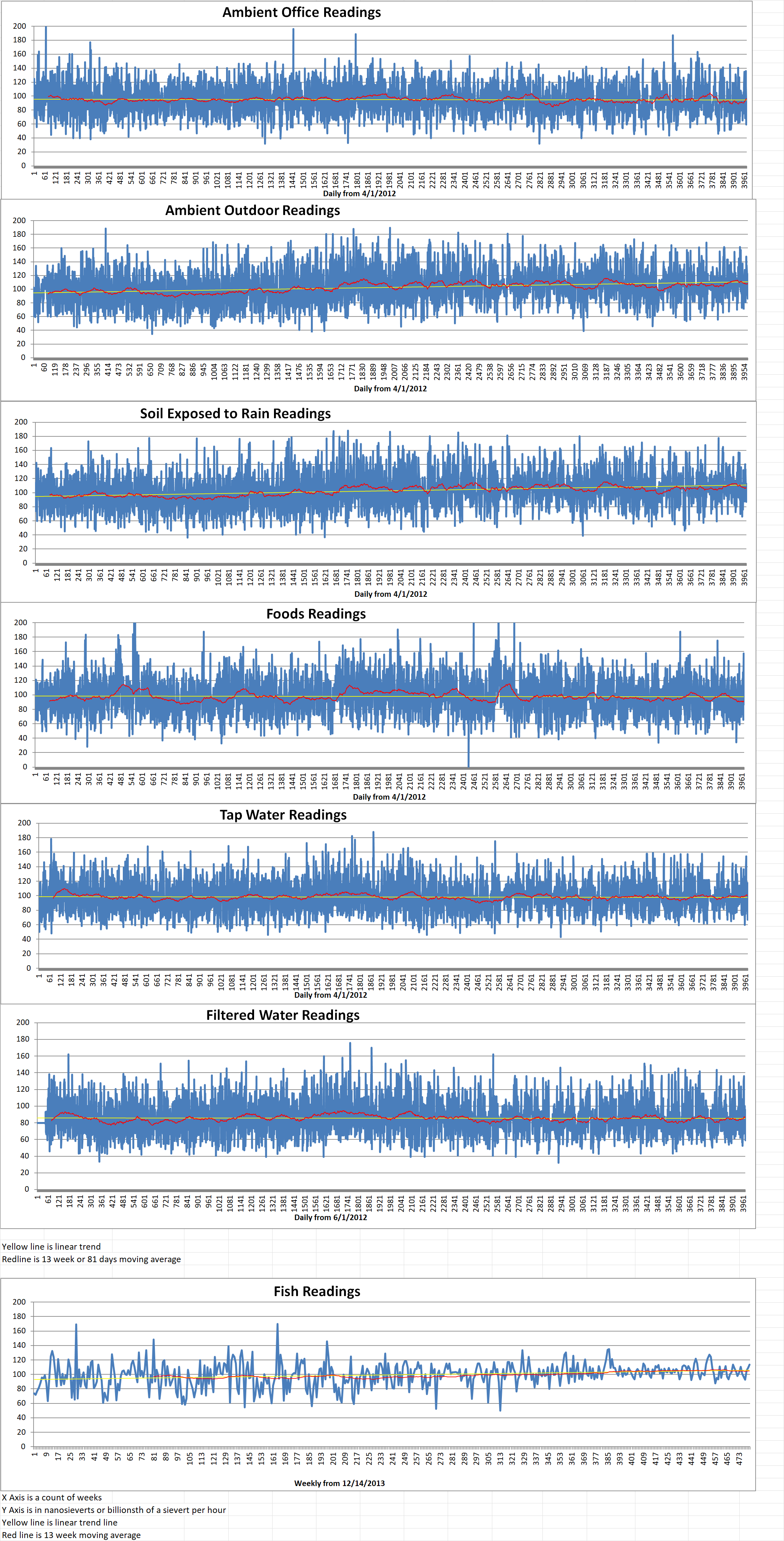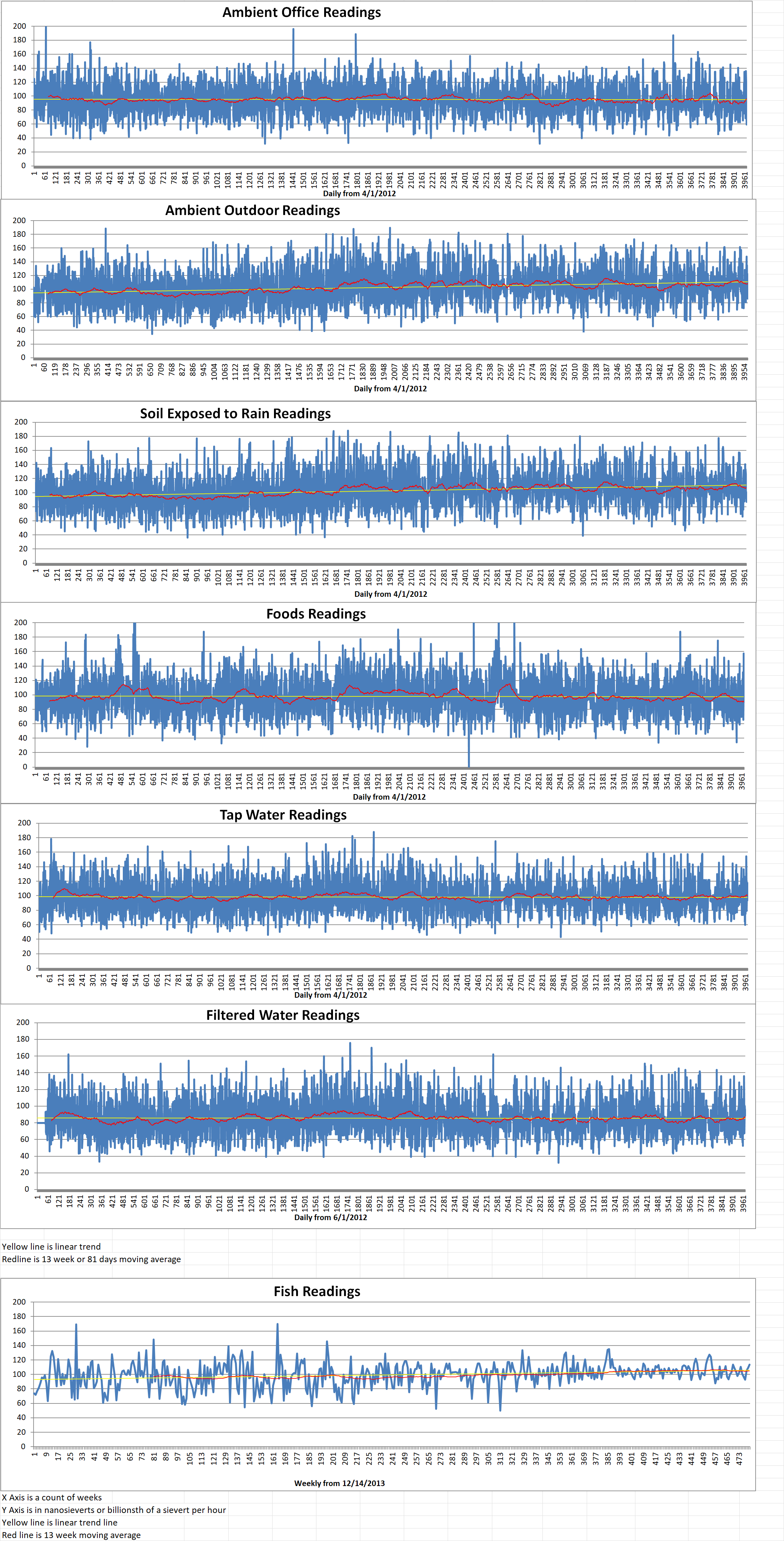Part 2 of 3 Parts (Please read Part 1 first)
The next step is that the nuclear regulators begin to consider how they converge towards a common specification or common expectation. For the time being, it is probably better to talk about equivalences rather than harmonization which is a difficult task. One regulator could say, “OK, I accept the way that you have licensed this part of the design or this part of the safety case and it is not the way I would have done it, but I accept that it is relevant so I can base my assessment on that”. Hopefully, this process will evolve towards harmonization.
The first expectation in this process is that Nuward gathers some significant assessments in order to be sure that their design is more international and more ready to be exported in various nations. This is the first benefit that Nuward can expect for this joint early review. The core benefit is also that it is a win-win with benefits for regulators because they can begin to understand more deeply what is in the Nuward design and if they are going to be able to license it in the future.
Nuward believes that equivalence in regulations is possible in the next ten years. However, sovereignty or autonomy of the various national regulators with respect to how they will want to license, will remain. Nuward believes much more in equivalence than in harmonization even if they are already organized between countries on big principles such as the International Atomic Energy Agency principles.
The nuclear industry has different clients for big plants versus SMRs. Nuward sees itself more of a complement than a competitor to the big conventional reactor PWR manufacturers. Nuward draws a distinction between the third generation SMRs that are going to be ready around 2030 and the advanced modular reactors (AMRs), based on Generation IV technologies, which all face some serious technical challenges yet to be solved. Nuward is convinced that, considering the large amount of money and large number of AMR projects currently ongoing, technical challenges will eventually be solved. However, in terms of plant licensing and fuel-cycle licensing, AMRs will need more time to get to market. Big nuclear power plants, SMRs and AMRs are complementary solutions that could extend the possibilities of using nuclear power in the energy transition towards carbon neutrality.
Some analysts say that the SMR market will be more commercially focused, but others debate that. Energy is always tied to matters of sovereignty, economic security, or geopolitical links between nations. There will still be issues of public debates, of siting, of licensing, of how SMRs will be integrated in the landscape or neighborhoods. Nuclear power is always a matter of national politics, local acceptability and discussion with the public. SMRs won’t really change that. Obviously, that will be a challenge for large deployment of SMRs. SMR vendors will need to have a long pipeline of projects to be competitive. The challenge of the two or three decades ahead is to find a way to respect all of that including the acceptability issue, the debate with population, licensing, siting, etc. Deploying those technologies will be a big part of the fight against climate change.
Please read Part 3 next
